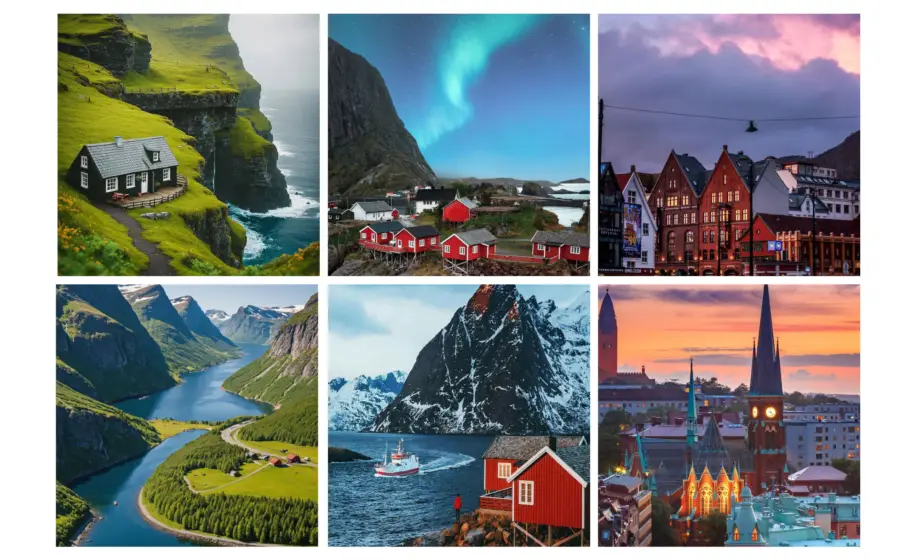Scandinavian architecture stands as a testament to simplicity, functionality, and a deep connection with nature. This design ethos originates from the Nordic countries—Denmark, Norway, Sweden, Finland, and Iceland—where the harmony of form and function is paramount. This architecture seamlessly integrates with its surroundings, emphasizing sustainable materials and innovative design.
The evolution of Scandinavian architecture reflects a history rich in cultural and environmental influences. Iconic landmarks and visionary architects have shaped this style, establishing a reputation for excellence that continues to inspire around the globe. You will find that the principles behind these designs are as much about aesthetics as they are about improving everyday life.
From urban centers to rural landscapes, Scandinavian architecture invites you to experience spaces that are both functional and beautiful. The focus on sustainability and innovation ensures that the buildings are not just visually appealing but also environmentally responsible, setting a standard for future architectural endeavors.

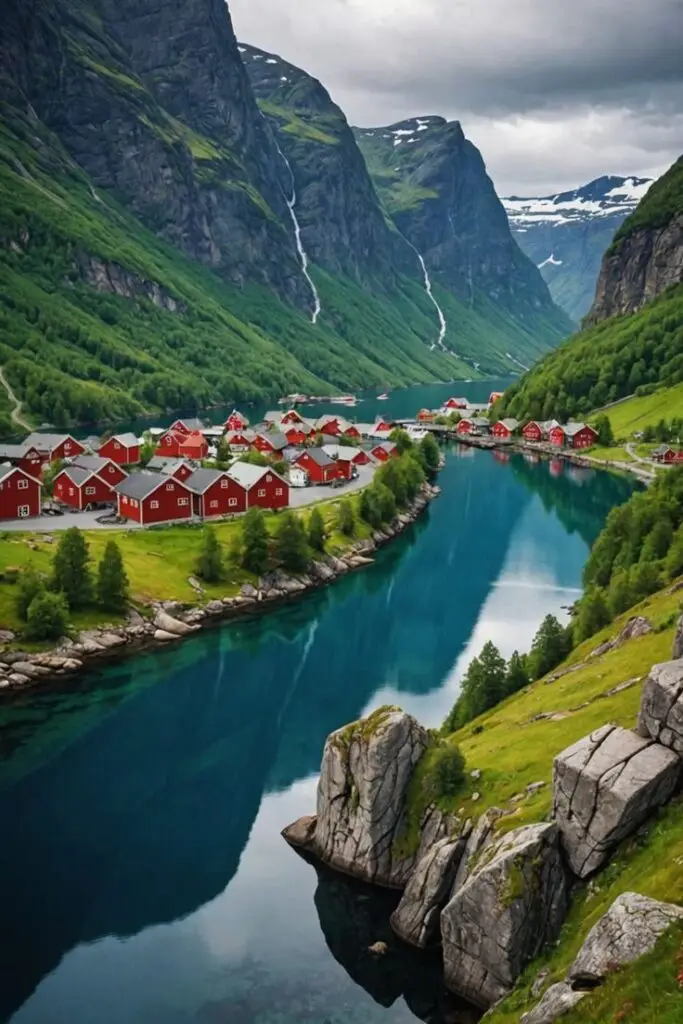
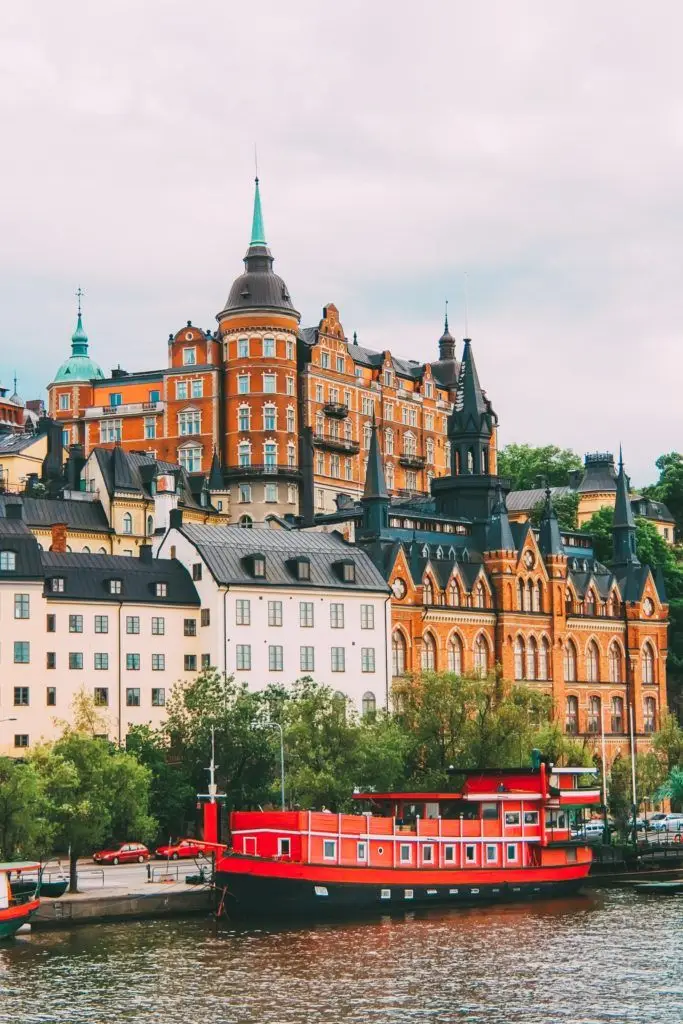
Key Takeaways
- Scandinavian architecture emphasizes simplicity and functionality.
- It is deeply influenced by cultural and environmental factors.
- Sustainability is a core principle in innovative Scandinavian designs.
Historical Evolution
Scandinavian architecture has undergone significant transformation over the centuries, influenced by both traditional practices and modernist ideologies. Understanding its evolution provides insight into the region’s unique architectural landscape.
Traditional Roots and Modernist Movement
Scandinavian architecture traces its roots to traditional designs characterized by functionality and simplicity. Early structures often utilized timber and reflected local craftsmanship, with an emphasis on harmony with nature.
The modernist movement in the early 20th century challenged these established forms. Influential figures like Alvar Aalto and Arne Jacobsen integrated modern techniques while respecting traditional aesthetics. This period saw the birth of the Scandinavian Modern style, merging innovation with cultural heritage.
Traditional craftsmanship, represented in details such as intricate woodwork and stone masonry, played a critical role in connecting past and present. As modernism took hold, elements of these crafts began to inform newer designs, creating a dialogue between old and new.
Rise of Nordic Modern Architecture
The rise of Nordic modern architecture emerged as a response to the need for functional and sustainable living spaces. Inspired by the Bauhaus principles, architects promoted minimalism and simplicity in design.
Key characteristics include open layouts, large windows, and a strong connection to the surrounding landscape. This design philosophy prioritizes natural light and materials, echoing the region’s natural beauty.
Prominent architects like Jørn Utzon, famous for the Sydney Opera House, and Hans J. Wegner, known for iconic furniture designs, exemplify this movement. Their work reflects a commitment to blending aesthetic appeal with practical functionality, marking a significant evolution in Scandinavian architecture.
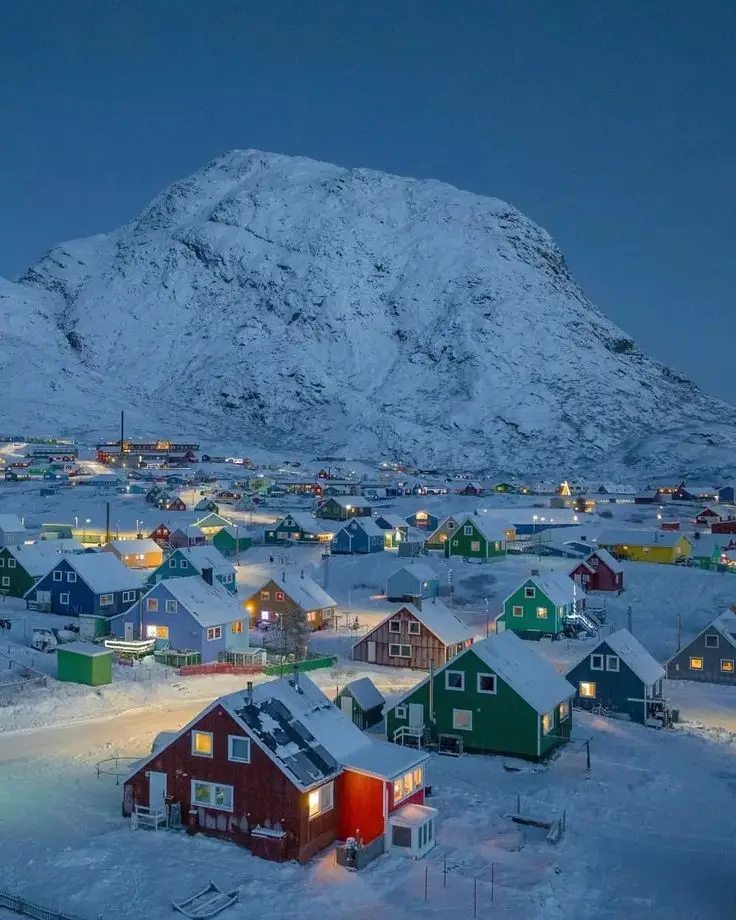


Design Principles and Aesthetics
Scandinavian architecture emphasizes simplicity, functionality, and a close relationship with nature. The design principles reflect a commitment to minimalism, comfort, and elegance, creating spaces that are both inviting and practical.
Minimalism and Functionality
Minimalism is at the core of Scandinavian architecture. You will notice clean lines and uncluttered spaces that promote a sense of calm. Furniture and fixtures prioritize functionality without compromising aesthetics.
Items serve dual purposes; for example, a coffee table might also provide storage. A neutral color scheme enhances the minimalist approach, using whites, grays, and muted tones to create a serene environment. This focus allows the architecture to be versatile and adaptable to various lifestyles.
Emphasis on Natural Light and Materials
Natural light is essential in Scandinavian design. Large windows bring the outdoors in, highlighting the beauty of changing seasons. You will find materials such as wood, stone, and textiles that further connect the interior with nature.
These natural materials not only achieve a rustic charm but also contribute to sustainability. Textures play a role in adding depth and interest. Soft fabrics and warm woods contribute to a cozy atmosphere, promoting hygge, a concept centered around comfort and well-being.
Fusion of Comfort and Elegance
The combination of comfort and elegance defines Scandinavian style. You will experience living spaces where each piece is thoughtfully chosen for both aesthetic appeal and practical use.
Low-profile furniture paired with organic shapes creates an inviting feel. Elegant fixtures are often made from high-quality materials, emphasizing craftsmanship. This fusion results in homes that are stylish yet livable, making them ideal for everyday life while retaining a sophisticated charm.
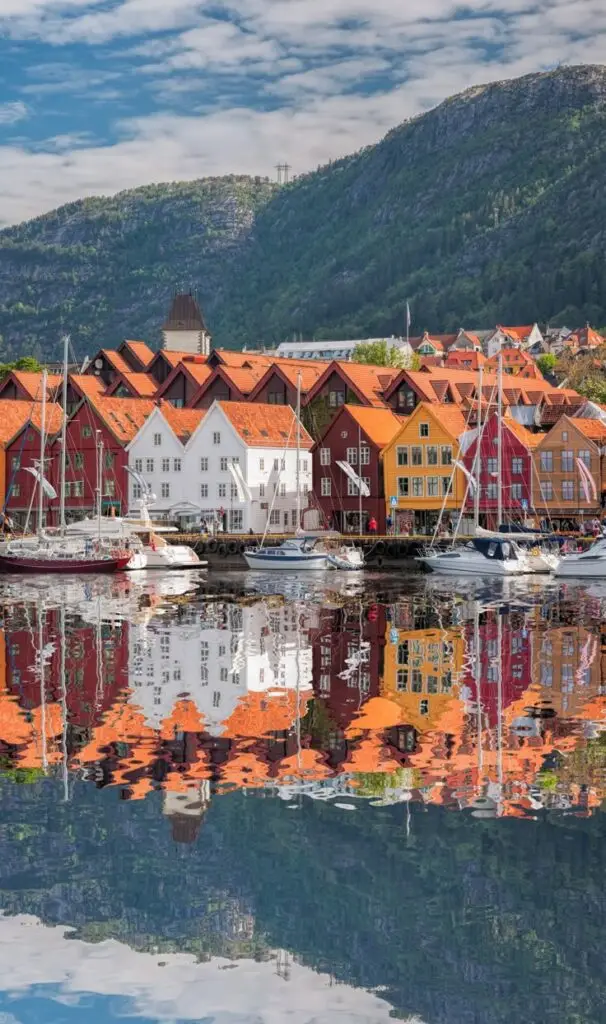

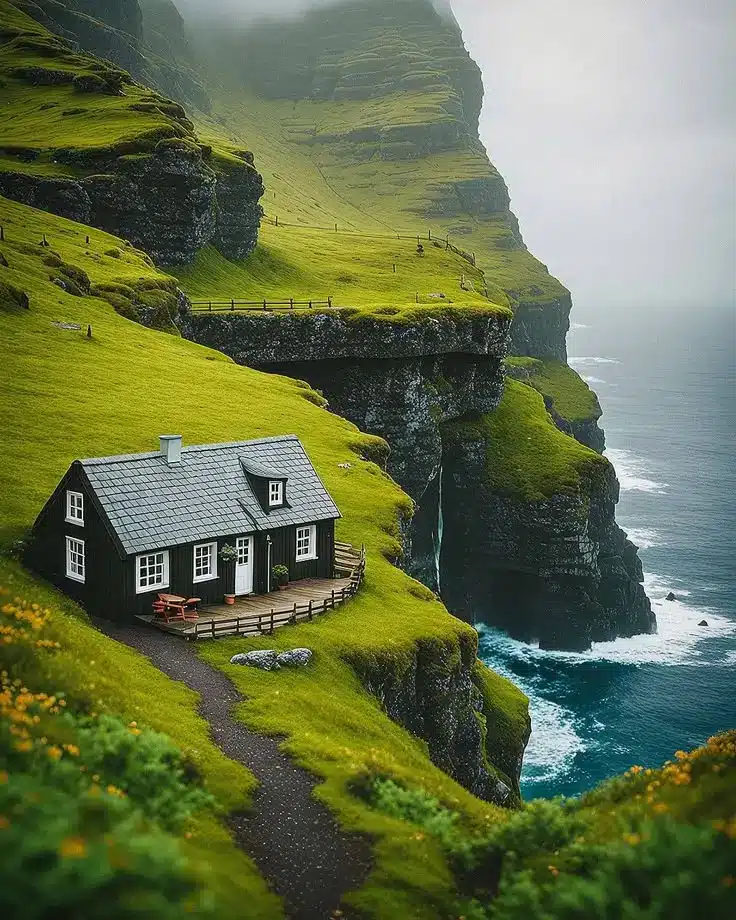
Iconic Architects and Landmarks
Scandinavian architecture boasts notable figures and remarkable structures that reflect its unique design ethos. Key architects have shaped the region’s architectural landscape through their innovative works, leading to famous landmarks that exemplify the marriage of functionality and aesthetics.
Pioneers of Scandinavian Design
Alvar Aalto is a key figure in Scandinavian architecture, best known for the Paimio Sanatorium, which emphasizes both health and design. His approach intertwined modernism with local traditions, evident in structures like the Finlandia Hall.
Arne Jacobsen’s contributions include the iconic Copenhagen City Hall and the innovative 8 House. He seamlessly blended functionality with organic forms, enhancing urban living.
Eliel Saarinen, through his design of the Helsinki Central Railway Station, showcased a blend of national romanticism and modernism. His legacy continued with his son, Eero Saarinen, who expanded the Scandinavian influence internationally.
Bjarke Ingels represents contemporary Scandinavian design, focusing on sustainability. Projects like Amager Bakke introduce green technology and public space into urban environments.
Architectural Marvels and Public Edifices
The Sydney Opera House, designed by Jørn Utzon, stands as a global icon of modern architecture. Its unique sail-like structures merge seamlessly with the surrounding harbor, showcasing innovative engineering.
In Scandinavia, the Oslo Opera House captivates with its accessible rooftop, allowing visitors to walk atop the building. The design emphasizes transparency and interaction between nature and architecture.
The Stockholm Public Library, by Gunnar Asplund, features a striking cylindrical form, becoming a symbolic representation of public resources. Nearby, Stockholm City Hall is renowned for its unique blend of national romanticism and modernist elements.
Vennesla Library, designed by Helen and Hard, features a wooden structure that integrates with the landscape, and the Woodland Cemetery in Stockholm merges nature with burial spaces, illustrating a profound respect for the environment.
These architects and their creations continue to influence architectural discourse, blending aesthetic beauty with functional design.
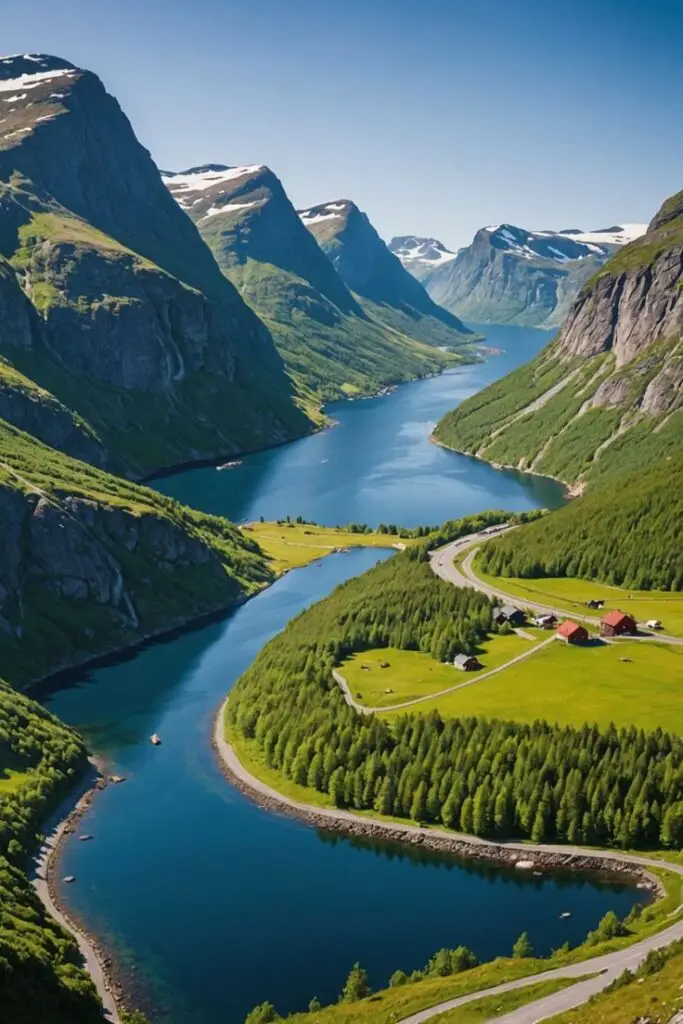
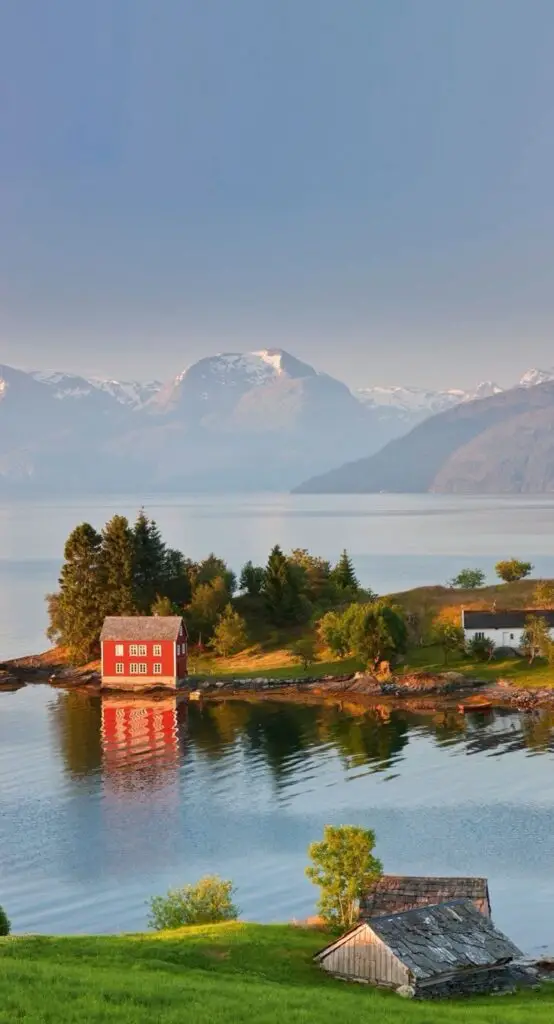
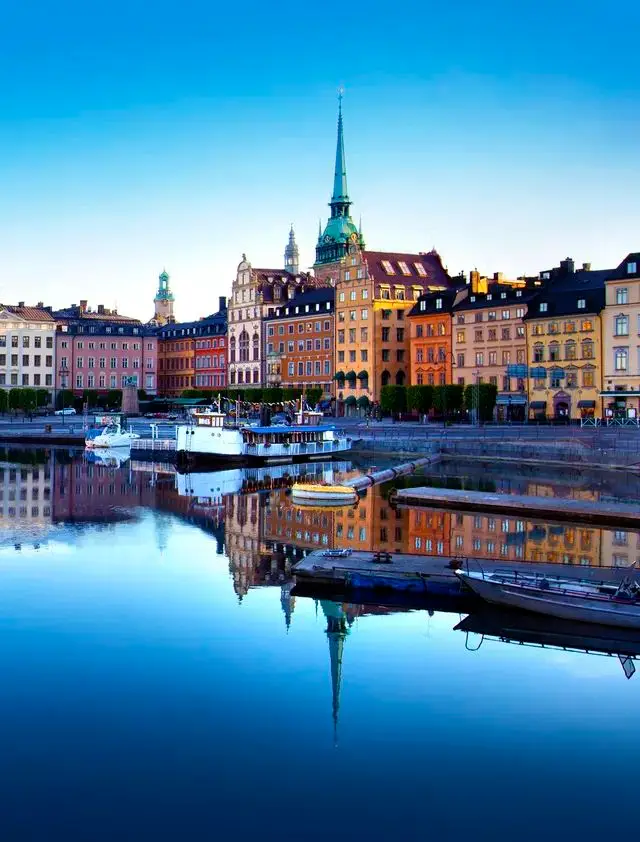
Sustainability and Innovation
Scandinavian architecture exemplifies a commitment to sustainability and innovation through its use of eco-friendly practices and cutting-edge technology. This approach enhances urban environments and reflects a dedication to environmental stewardship.
Eco-friendly Practices in Nordic Architecture
In Nordic countries, eco-friendly practices are a cornerstone of architectural design. Local materials are prioritized, reducing transportation emissions and supporting regional economies. For instance, the extensive use of wood in Finnish architecture not only promotes sustainability but also enhances energy efficiency.
Green building certifications, such as the Nordic Swan Ecolabel, guide the design process, focusing on sustainable materials and energy-efficient systems.
Technological Advancements and Urbanization
Technological advancements in Scandinavian architecture facilitate innovative building designs. Smart buildings equipped with energy management systems optimize resource use, significantly reducing carbon footprints.
Danish architecture, for example, utilizes advanced insulation and renewable energy sources, like solar panels and wind turbines, to support sustainability in urban settings.
Moreover, urbanization in Scandinavian cities embraces compact design and public transport integration, fostering a low-impact lifestyle. This holistic approach to urban planning encourages the development of green spaces, enhancing community well-being while minimizing ecological footprints.


